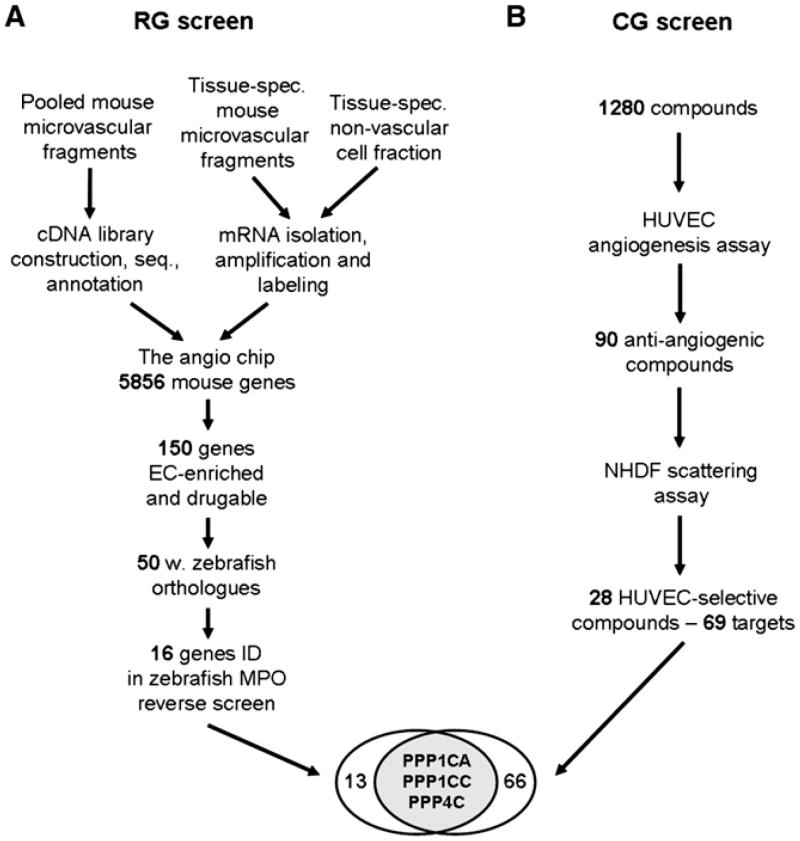Figure 1. Experimental Overview of the Parallel Reverse and Chemical Genetic Screens.
(A) The reverse genetic (RG) screen comprised 5856 genes derived from cDNA libraries, constructed from pooled mouse vascular fragments isolated in vivo. Vascular and corresponding nonvascular samples from various tissues and stages were isolated and underwent RNA extraction, amplification, and labeling. After mRNA expression profiling, 150 mouse genes were selected for functional validation. Fifty mouse genes had suitable zebrafish orthologs, and their functional importance in angiogenesis was evaluated by morpholino-mediated knockdown in zebrafish embryos. Sixteen of the 50 knockdowns resulted in vascular defects.
(B) In a separate chemical genetic (CG) screen, 1280 compounds were screened in a human cellular angiogenesis assay. Ninety compounds inhibited in vitro angiogenesis, and 28 of these, targeting 69 proteins, did not affect fibroblast scattering. At the intersection of the two screens, three genes encoding members of the PPP1 and PPP2 families of S/T phophatases were identified as angiogenesis targets.

